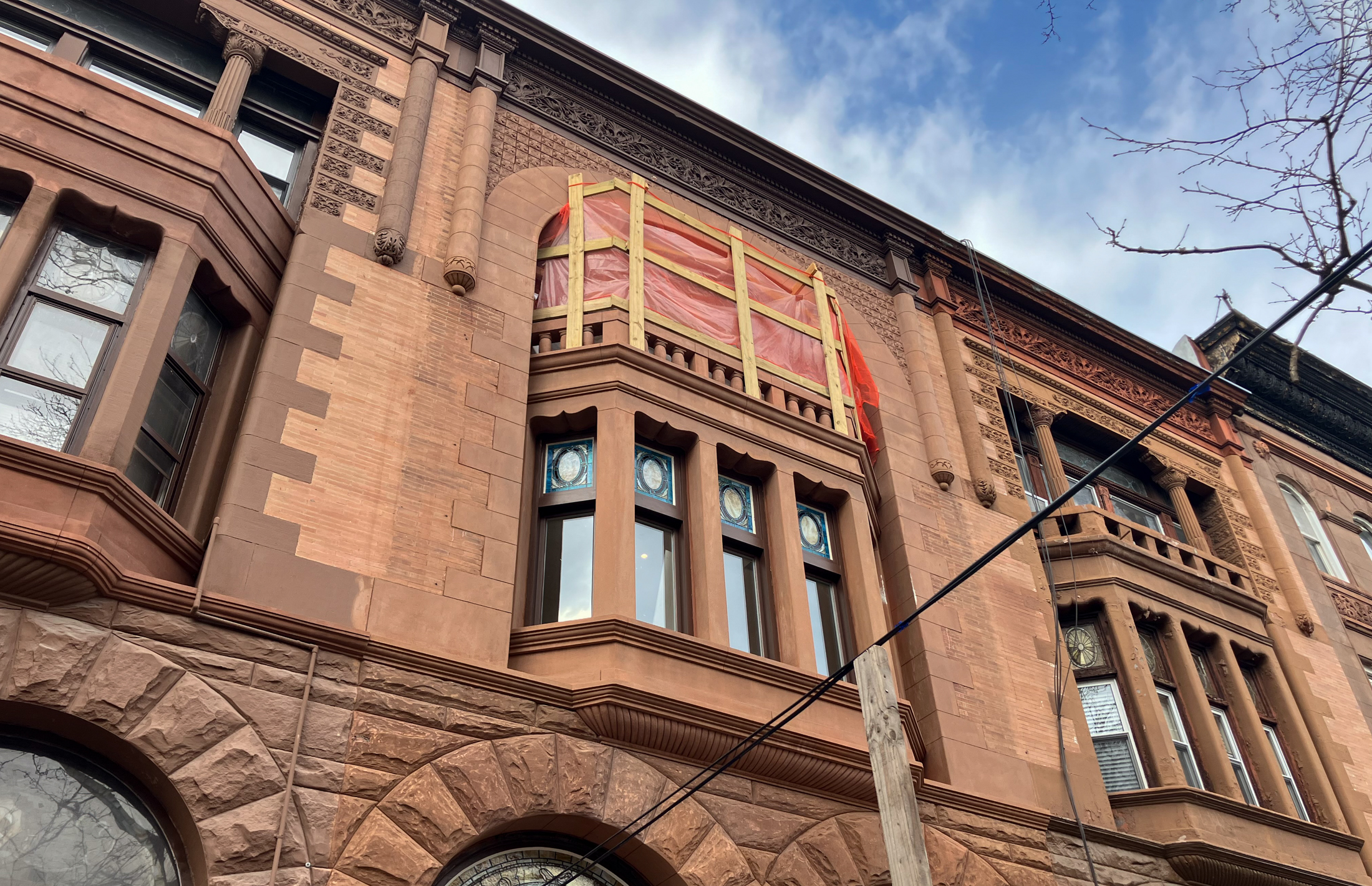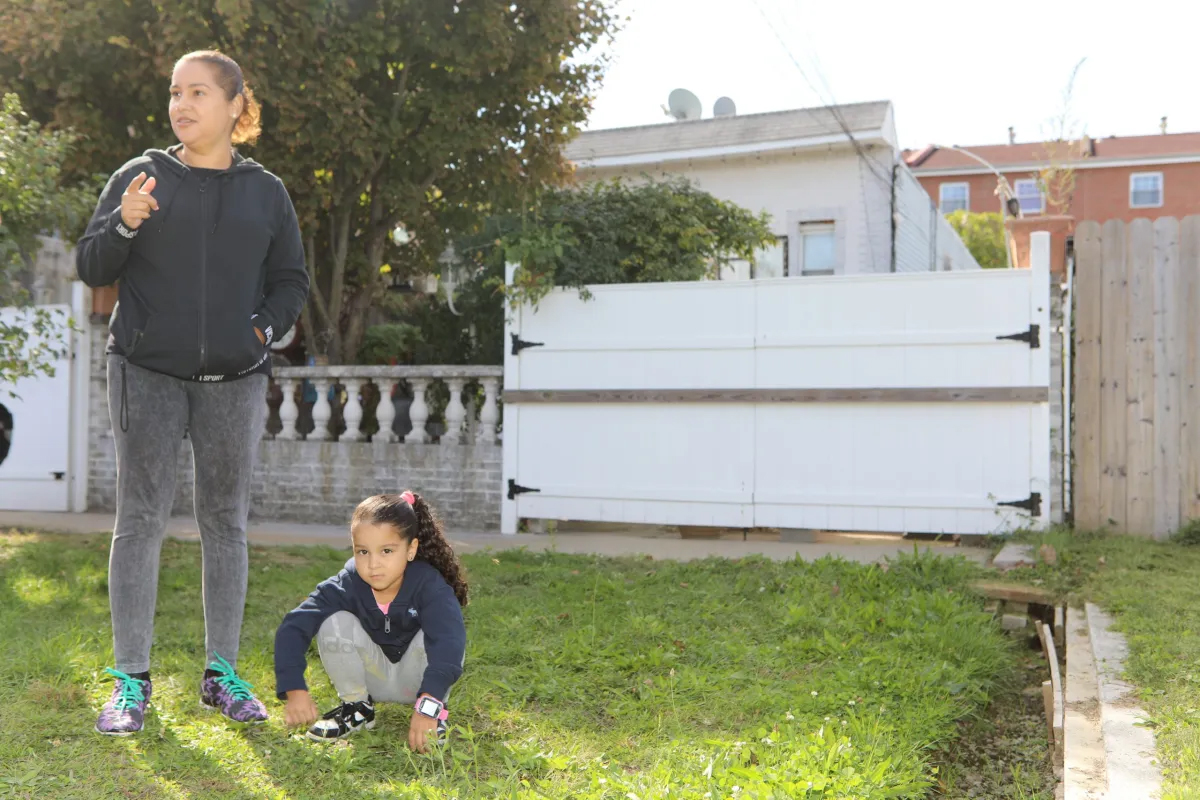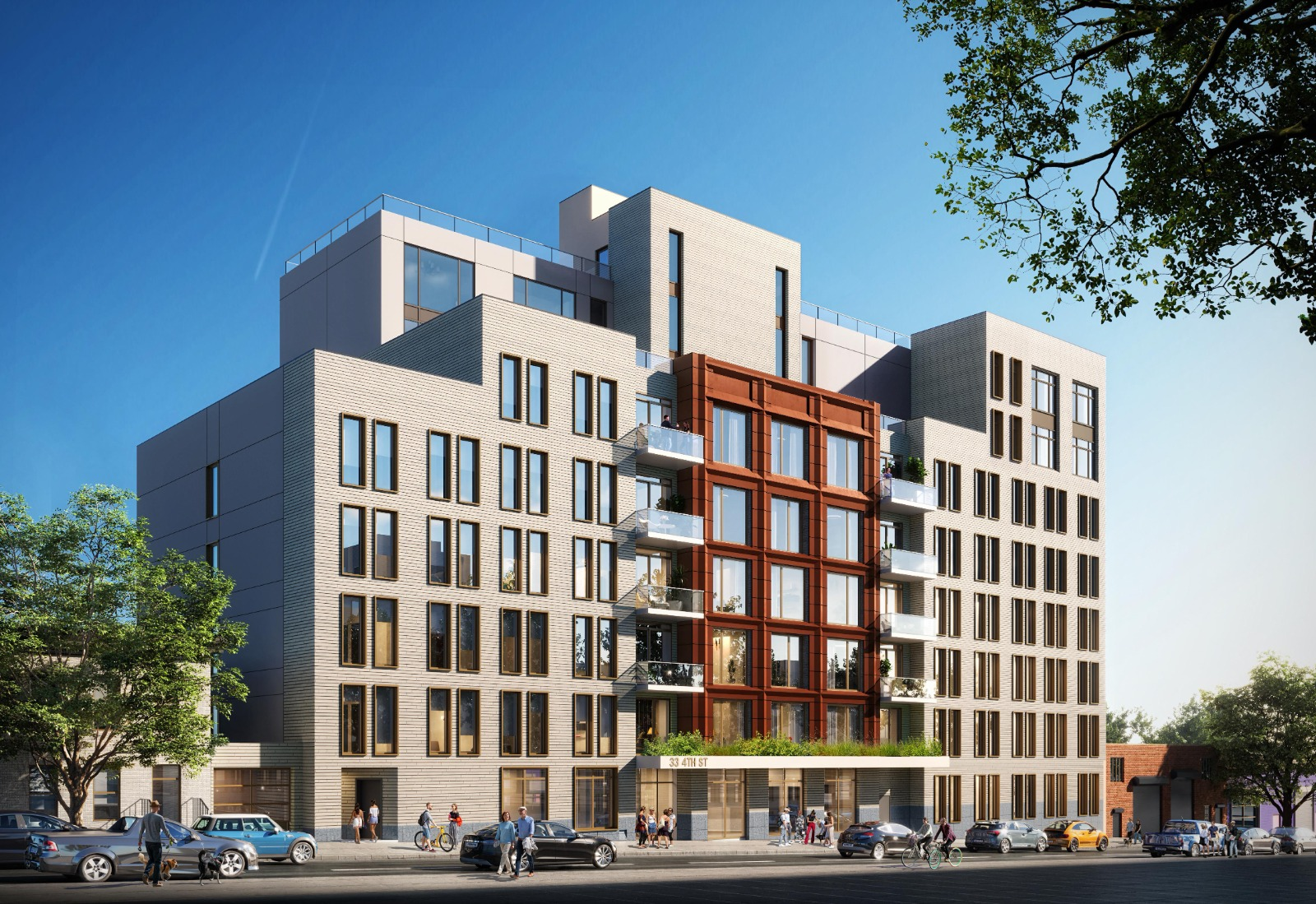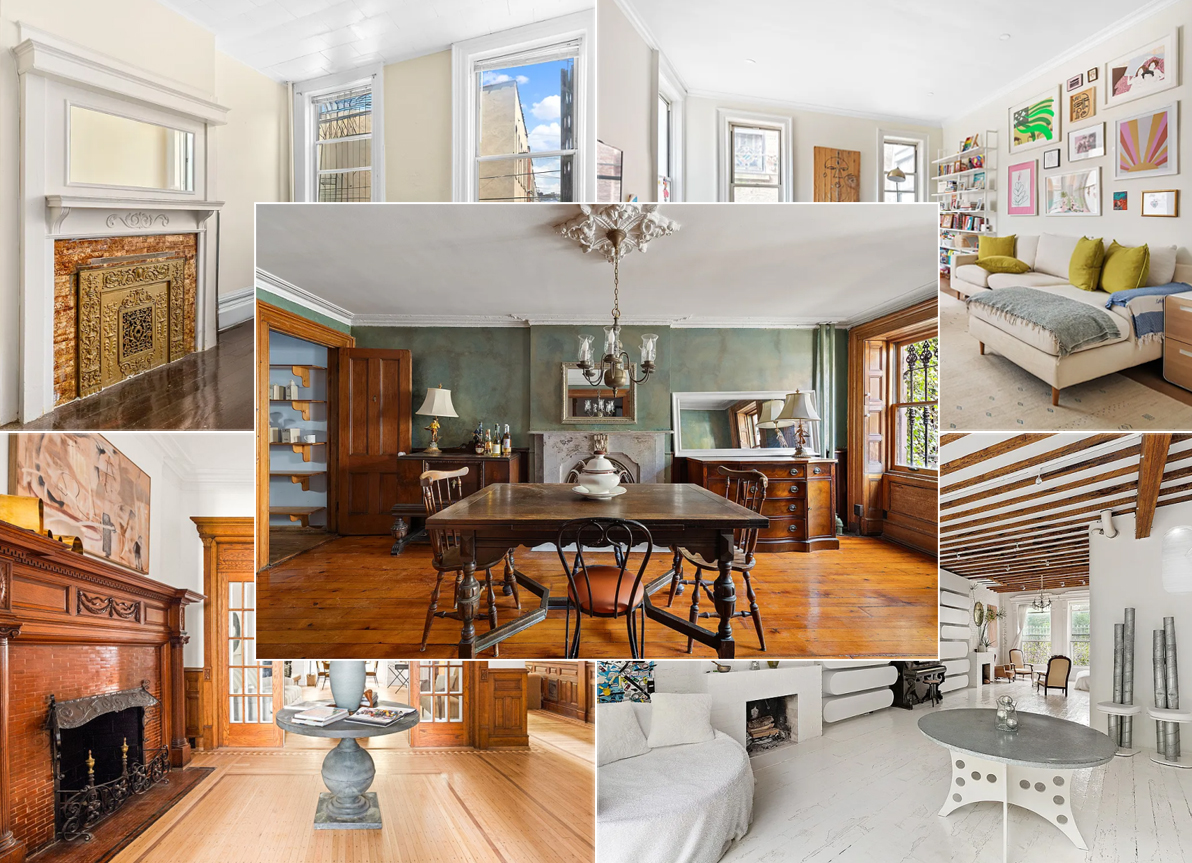Obama Details Rescue Plan for Homeowners
With almost one in ten houses either delinquent or in foreclosure, President Obama unveiled a more ambitious plan than expected yesterday that could end up helping as many as nine million Americans. The $75 billion portion of the plan directed at homeowners has two basic goals: 1) To help the roughly five million homeowners who…

 With almost one in ten houses either delinquent or in foreclosure, President Obama unveiled a more ambitious plan than expected yesterday that could end up helping as many as nine million Americans. The $75 billion portion of the plan directed at homeowners has two basic goals: 1) To help the roughly five million homeowners who are current on payments but facing high interest rates and unable to refinance because the value of their homes has deteriorated; 2) To incentivize lenders to modify the mortgages of roughly four million homeowners on the verge of losing their homes. In addition, the Obama administration will pump another $200 billion into Fannie Mae and Freddie to increase the general availability of mortgages. The plan also aims to lower consumers’ debt-to-equity ratios overall. This plan will not save every home, but it will give millions of families resigned to financial ruin a chance to rebuild, Mr. Obama told a crowd here, in one of the communities hardest hit by the housing crisis. It will prevent the worst consequences of this crisis from wreaking even greater havoc on the economy. And by bringing down the foreclosure rate, it will help to shore up housing prices for everyone. As The Times reminds us, modifying mortgages doesn’t always work.
With almost one in ten houses either delinquent or in foreclosure, President Obama unveiled a more ambitious plan than expected yesterday that could end up helping as many as nine million Americans. The $75 billion portion of the plan directed at homeowners has two basic goals: 1) To help the roughly five million homeowners who are current on payments but facing high interest rates and unable to refinance because the value of their homes has deteriorated; 2) To incentivize lenders to modify the mortgages of roughly four million homeowners on the verge of losing their homes. In addition, the Obama administration will pump another $200 billion into Fannie Mae and Freddie to increase the general availability of mortgages. The plan also aims to lower consumers’ debt-to-equity ratios overall. This plan will not save every home, but it will give millions of families resigned to financial ruin a chance to rebuild, Mr. Obama told a crowd here, in one of the communities hardest hit by the housing crisis. It will prevent the worst consequences of this crisis from wreaking even greater havoc on the economy. And by bringing down the foreclosure rate, it will help to shore up housing prices for everyone. As The Times reminds us, modifying mortgages doesn’t always work.
$275 Billion Plan Seeks to Address Crisis in Housing [NY Times]
O’s $75 Billion Housing Bet [NY Post]
President Obama Unveils $75 Billion Plan [NY Daily News]





Check this out from Craigslist:
this must be one of those “predators” who sneaks subprime loans past unsuspecting but totally responsible homebuyers, right?
—————
$1 Why Rent? Buy Instead ! With No Money Down. (All of NY)
Government Programs Available for First Time Home Buyers
Must be Employed or Self-Employed for 2 Years
Must Have Verifiable Income
Bad Credit or NO Credit
Bankruptcy Chapter 7 Discharged 2 years or Chapter 13 Current
Gift Funds OK
Seller’s Concession Up to 6% OK
Find Out How You can Buy The Home of Your Dreams With NO MONEY DOWN!
No Cost and NO Obligation Pre-Approval within 2-4 Hours
Call Toll Free or
Visit http://WWW.THELOANDOCTOR.COM
P.S. By “slightly profane” I meant “actually quite profane and probably not best to watch at work with hyper sensitive, nosy co-workers around”
denton — I don’t see why it matters what you call it. a subsidy is a subsidy. if people are waiting years to get into the projects, we’re spending too much on them. they should suck. they’re meant prevent shantys and slums, not as a reward for people who can outlast a waiting list. There are some who literally can’t help themselves — people with illnesses and injuries, some single moms, etc…but beyond that, everyone can live in this city in a market rate apartment. why should I help pay to support people to live in manhattan when they can’t afford it at market rate?
im fully aware of the history of projects in nyc and how they are very well maintained for the most part. im not against them i dont know how someone concluded that. like i said it helped my grandmother raise me. i think they serve their purpose. i think my words were being twisted or i didnt explain it correctly.
*r*
“Suppose, for a mortgage-backed security, that over the life of the security, 50% of the mortgages are paid more or less on time and 50% end up in foreclosure. And suppose for the 50% in foreclosrue that the banks end up recovering an average of 50% of the principle underlying the mortgage. Why wouldn’t the security in that case produce something close to 75% of what investors anticipated?”
I don’t work in finance, but my understanding of the MBS problem is that they split those mortgages into 3 different packages: the good, the bad, and the ugly.
The good will have few if any defaults containing the top 33% of the mortgages.
The bad will have the middle 33% of the mortgages and will have foreclosure rates of 50% or so.
The ugly will have the bottom 33% of the mortgages and will have foreclosure rates of 85-100%.
For a very amusing and slightly profane explanation, try this link:
http://docs.google.com/TeamPresent?docid=ddp4zq7n_0cdjsr4fn&skipauth=true&pli=1
I posted earlier but it seems it didn’t get through…
ENY and rob — forgive my gross over generalization. Public housing has certainly done some people some good, but in the aggregate, I think having a lot of public housing is not in the best interest of the city, the working class, or many of the people who end up living there.
My comment about people getting trapped in badly maintained living spaces was more inspired by my experiences with rent stabilization than public housing. I lived in a crappy dive for years and I know other people who have stayed in such places for decades.
Back to the homeowner plan, here is a question for you Wall Streeters that has been bugging me since this whole mess began.
Suppose, for a mortgage-backed security, that over the life of the security, 50% of the mortgages are paid more or less on time and 50% end up in foreclosure. And suppose for the 50% in foreclosrue that the banks end up recovering an average of 50% of the principle underlying the mortgage. Why wouldn’t the security in that case produce something close to 75% of what investors anticipated? And, if so, why are they now valued so much less? If I’m right, why wouldn’t someone end up making a killing buying these things at 60% of the original value, and why wouldn’t investors sell at that price rather than write the whole thing down? Does the market really think that risk underlying these securities is much worse than I have hypothesized (I know I will get a Ding Ding Ding from the what for this question)? It seems that I have hypothesized a much more severe scenario than what is actually happening out there. Why is the market so freaked out about these assets?
Also, as loans get reworked, doesn’t that increase the value of the securities again? Foreclosures are reduced and even those borrowers who end up foreclosed after reworking their loans will at least have made some payments in the meantime?
Meanwhile, forgive my ignorance and naivete. I am curious to read informed answers on this point.
“we need more public housing. REAL affordable to the lower and lower middle class public housing. NOT more welfare recipient housing, just working class housing. i dont think that’s a popular sentiment though, nor do i know if it would help with anything.” says Rob
Rob, let me clue you in on another New York factoid. The ‘projects’ were built as working class housing, NOT as welfare housing. When they were built welfare barely existed, outside of surplus cheese and peanut butter. The rise of the welfare class was not forseen then. Everyone had a job working in factories, driving trucks, etc.
Anyone who says the projects are ‘poorly maintained’ in NYC is not correct. NYC PJs are admitted to be the best managed and maintained public housing in the country.
There’s a reason there’s a multi-year waiting list to get into the pjs, and that’s precisely BECAUSE they are so well maintained, much better than any private owner would do.
And rob, if you don’t want to research the history of PJs in NY, next time you walk by one, ask yourself why do they have parking lots? They have parking lots because they were supposed to be the entree to the American Dream, which included working and car ownership.
quote:
rob — public housing has generally done no one any good. It traps people in miserable places to live that get the bare minimum of maintenance and drives up costs for people on the next rung of the economic ladder. Also, I think a lot of these shiny new condos will be affordable middle class housing in a year or two.
it helped my grandmother who raised me.
*r*